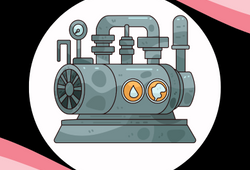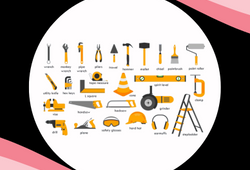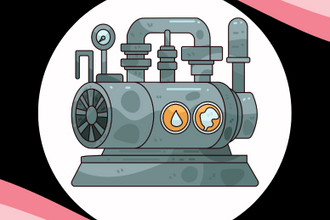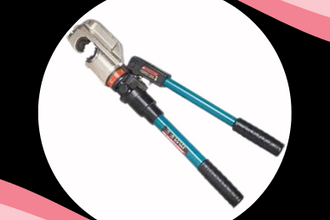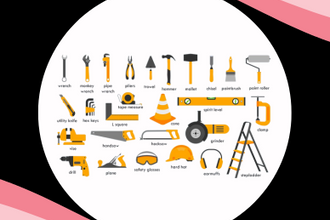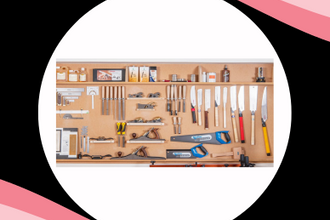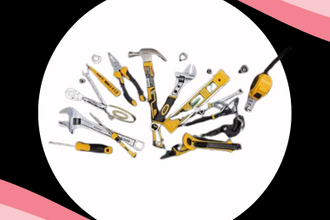What is a Hammer?
A hammer is a basic hand tool used to hit things. Most people use it to drive nails, break stuff, or shape materials. It has two main parts: a handle and a heavy head. You can find hammers in homes, workshops, and on job sites. It’s a must-have tool for many kinds of work.
Parts of a Hammer
Handle: Where you hold the hammer. It gives control and comfort.
Head: The heavy top part that does the striking.
Face: The flat surface that hits the object.
Claw: Found on claw hammers. It pulls out nails.
Peen: A rounded or wedge-shaped end, used in some hammers for shaping metal.
Types of Hammers and Their Uses
Let’s look at the most common hammer types and what they’re used for:
1. Claw Hammer (Carpentry Hammer)
Use: Driving and pulling nails
This is the most common hammer with a flat face for nails and a curved claw for pulling them out. Great for home repairs and woodworking.
2. Ball Peen Hammer
Use: Shaping metal and tool work
It has a round peen for shaping metal or striking chisels, used mainly by mechanics and metalworkers.
3. Sledge Hammer
Use: Breaking concrete, stone, or walls
Heavy and powerful, perfect for demolition and tough jobs.
4. Club Hammer
Use: Light demolition and masonry
Smaller than a sledgehammer, this is used for brickwork and breaking small items.
5. Framing Hammer
Use: Building wood frames
With a longer handle and straight claw, it gives more power for framing houses and structures.
6. Rubber Mallet
Use: Tapping without damage
Ideal for working with tiles, wood, or tent stakes without leaving marks.
7. Dead Blow Hammer
Use: Controlled strikes with no bounce
Its hollow head absorbs shock, perfect for car repairs and precise work.
8. Tack Hammer
Use: Small nails and fine jobs
Light and precise, used by upholsterers and furniture makers.
9. Cross Peen Hammer
Use: Shaping metal or starting nails
The wedge-shaped peen is great for blacksmithing and light metalwork.
10. Chipping Hammer
Use: Cleaning welding slag
Welders use this tough hammer for chipping away at slag.
Factors to Consider in a Hammer
When picking a hammer, think about these points:
Weight: Heavy hammers hit harder but can tire your arm. Lighter hammers are easier to handle.
Handle Type: Wood, fiberglass, or metal? Each feels different. Fiberglass is strong and absorbs shock.
Grip: A comfortable grip helps with control and safety.
Job Type: Always match the hammer to the job.
Balance: A well-balanced hammer makes your work easier and reduces strain.
You’ve just learned about the most useful hammers and their jobs. Picking the right one makes your work faster, safer, and easier to handle.



